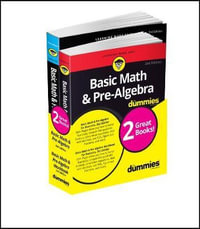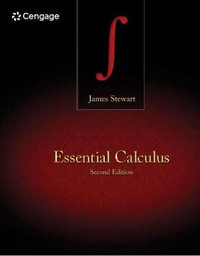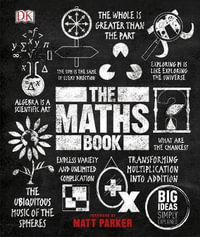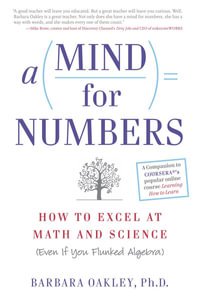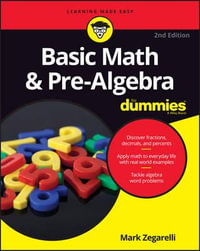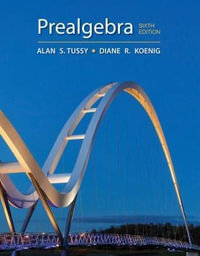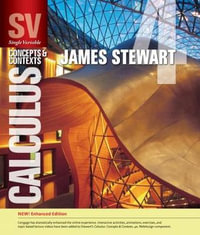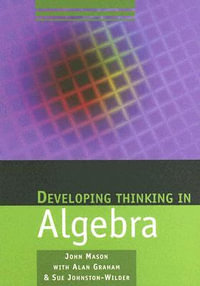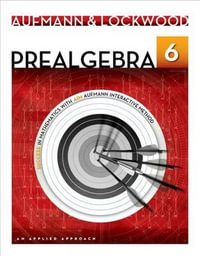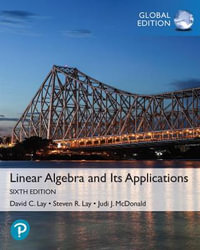An in depth exploration of how Clifford algebras and spinors have been sparking collaboration and bridging the gap between Physics and Mathematics. This collaboration has been the consequence of a growing awareness of the importance of algebraic and geometric properties in many physical phenomena, and of the discovery of common ground through various touch points: relating Clifford algebras and the arising geometry to so-called spinors, and to their three definitions (both from the mathematical and physical viewpoint). The main points of contact are the representations of Clifford algebras and the periodicity theorems. Clifford algebras also constitute a highly intuitive formalism, having an intimate relationship to quantum field theory. The text strives to seamlessly combine these various viewpoints and is devoted to a wider audience of both physicists and mathematicians. Among the existing approaches to Clifford algebras and spinors this book is unique in that it provides a
didactical presentation of the topic and is accessible to both students and researchers. It emphasizes the formal character and the deep algebraic and geometric completeness, and merges them with the physical applications.
Industry Reviews
This book wonderfully captures the essence of progress in the study of Clifford algebras and spinors. Throughout the text, from the word go, the reader finds various worked examples to help understand the ideas presented. * Johar Ashfaque, IMA Book Reviews *
The authors approach is very clear and elementary despite the formal and rather heavy algebraic aspects involved. The numerous concrete examples given to illustrate each new notion are valuable for a better understanding of the subject and are helpful for potential applications in different fields. * Oussama Hijazi, Acta Crystallographica A *
An Introduction to Clifford Algebras and Spinors is really an essential book to any student that wants to understand and grasp the several different (but under certain conditions equivalent) concepts of spinors appearing in the literature (algebraic, classical and operator spinors). * Waldyr A. Rodrigues Jr., Institute of Mathematics, Statistics and Scientific Computation, State University of Campinas, Brazil *
This is a textbook that was missing until now. It presents the topic of spinors from many different viewpoints which are presently used in the literature and clarifies the connections among them. One is surprised by the vastness and fertility of this subject, and, at the same time, realizes that it provides the appropriate equipment to tackle fundamental themes such as Dirac and the second quantization of spinors. * Loriano Bonora, Theoretical Particle Physics, SISSA, Italy *
The approach undertaken by the authors is very clear and friendly to the readers, because formal developments are nearly always accompanied by illustrative examples. This is a great merit of the book. * Matej Pavsic, Jozef Stefan Institute *

